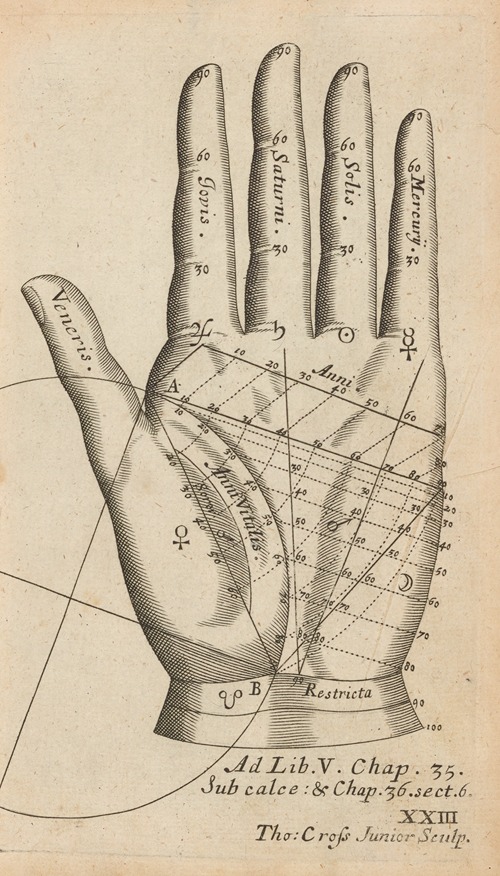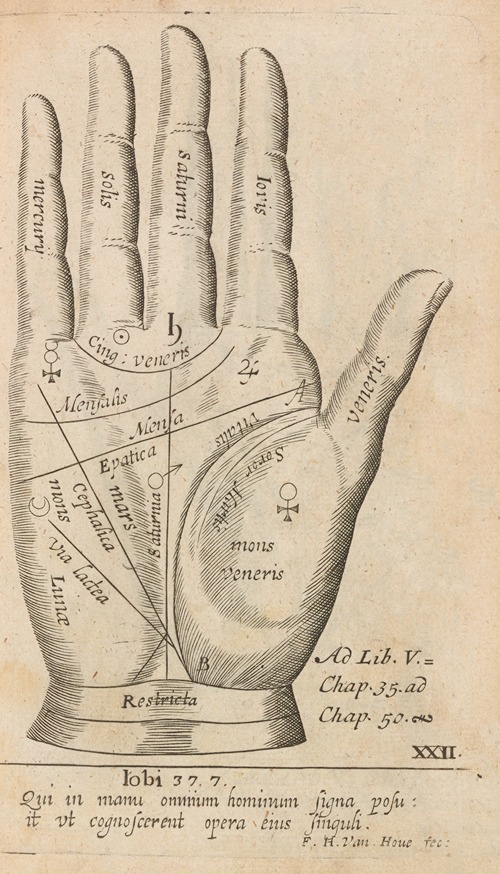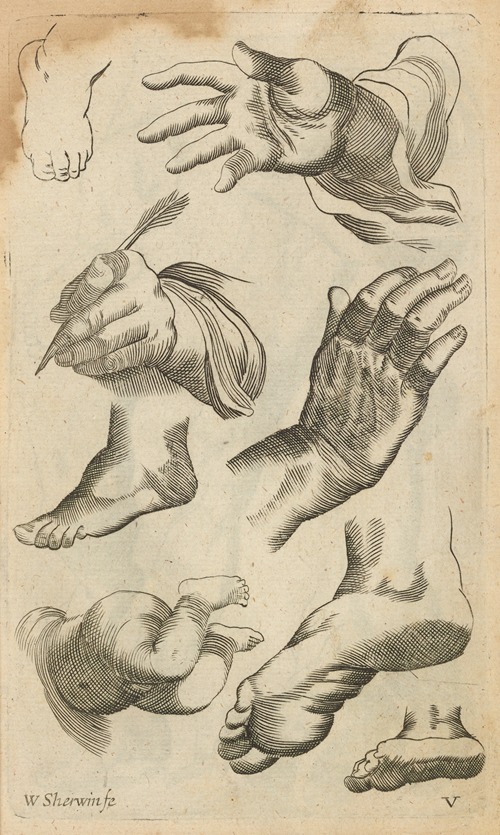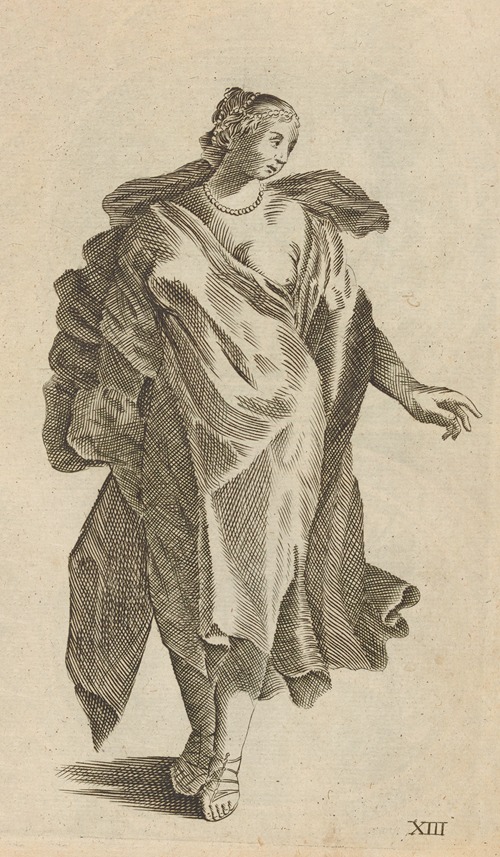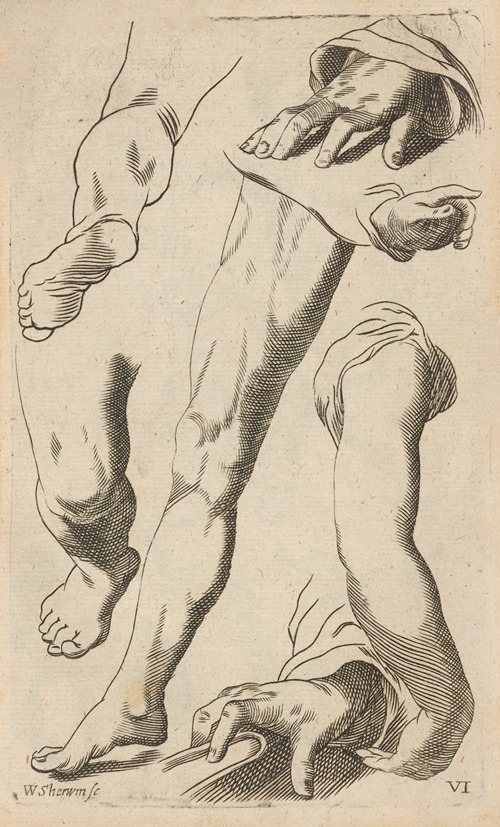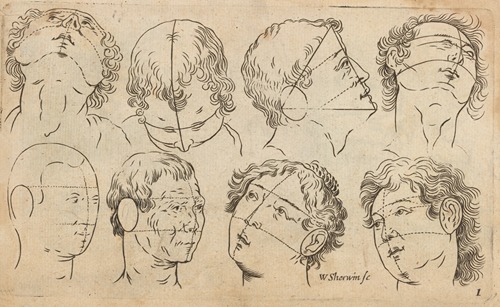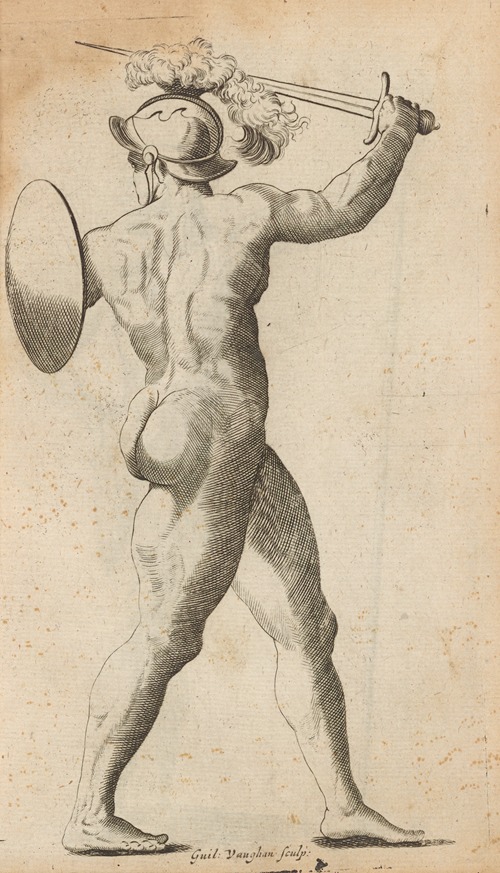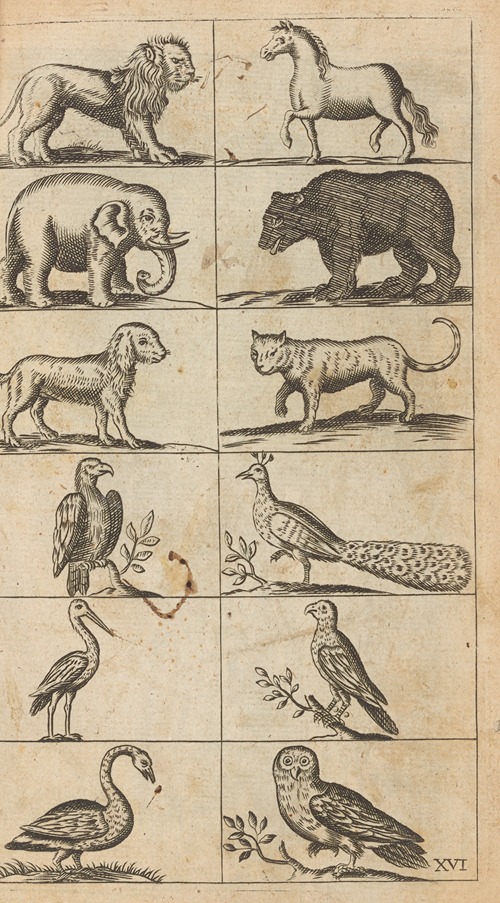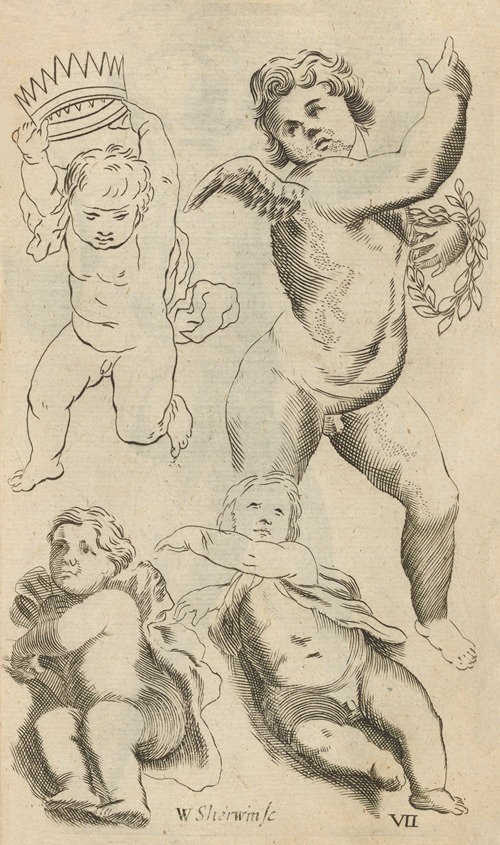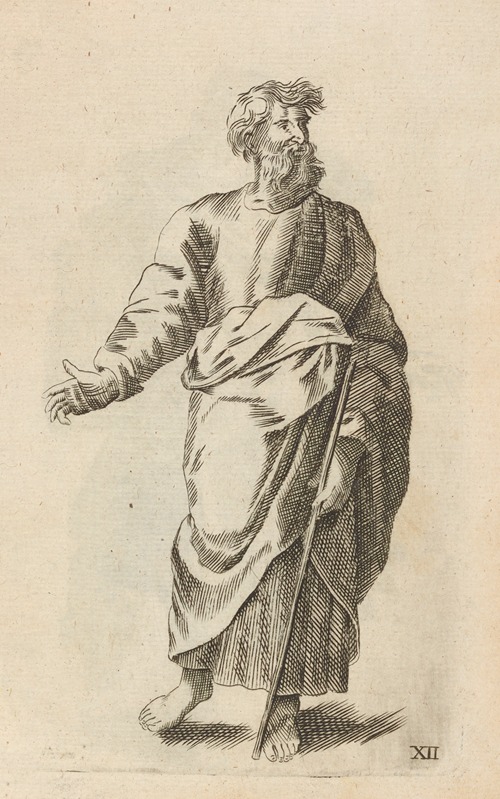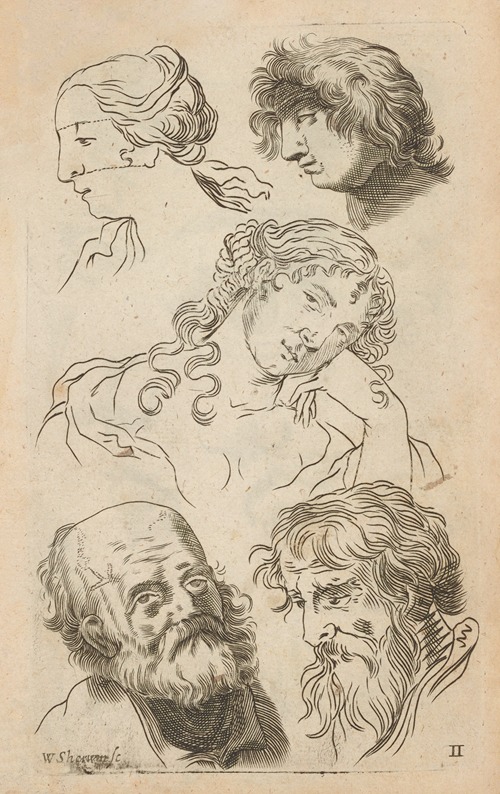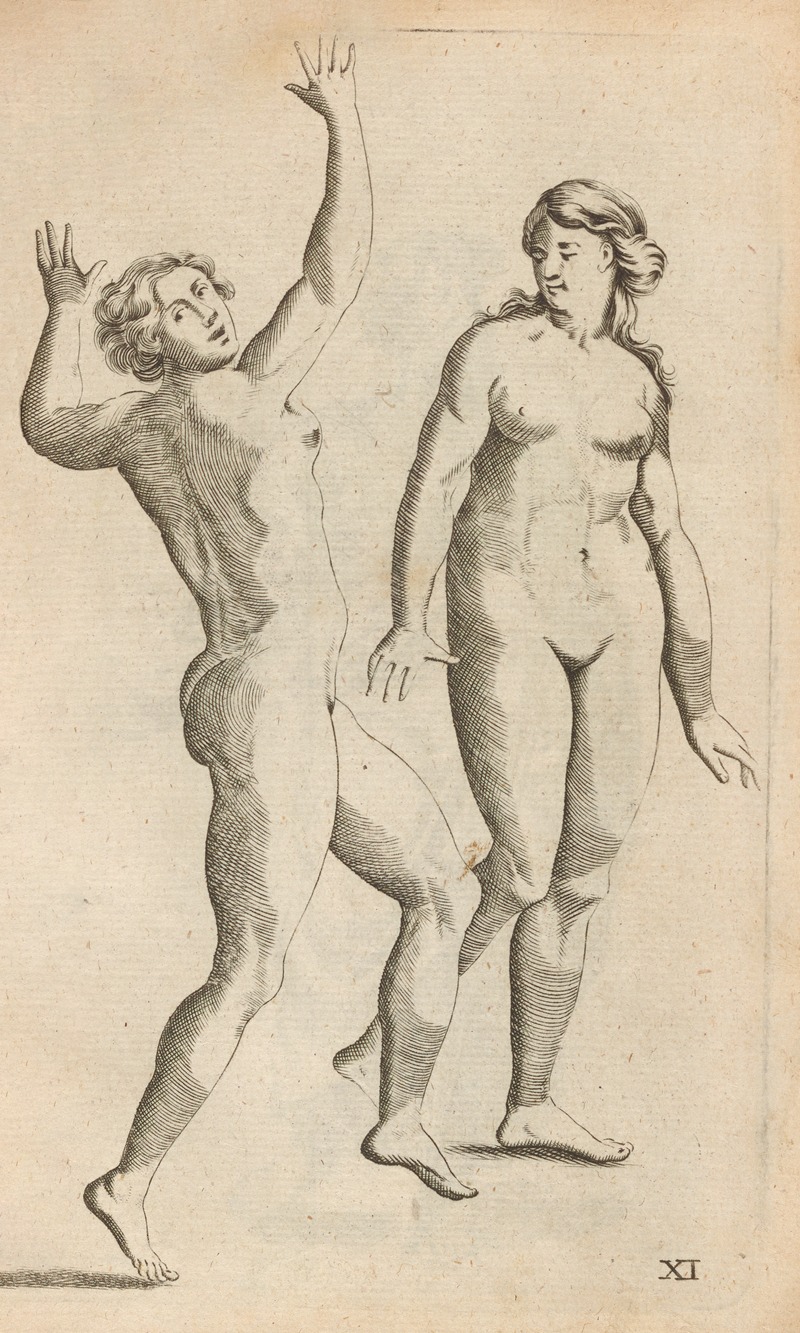
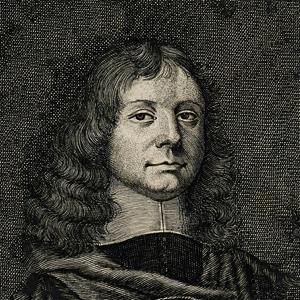
William Salmon was an English empiric doctor and a writer of medical texts. He advertised himself as a "Professor of Physick". Salmon held an equivocal place in the medical community. He led apothecaries in opposing attempts by physicians to control the dispensing of medicines, and was derided by physicians as "the King of the Quacks". He has been described as "a brilliant publicist, but not much of a philosopher".
Salmon "copied, translated, abridged, enlarged and compiled from the texts of others" to create popular books emphasizing practice over theory, and often marketing his own medications. A prolific author on a broad range of medical topics, Salmon's works were widely read in his time. His books were owned by respected men including Isaac Newton, Daniel Defoe, William Congreve and Samuel Johnson.
According to an inscription under his portrait in Ars Anatomica (1714), William Salmon was born on 2 June 1644. Almost nothing is known about his upbringing or his education. He may have travelled in New England or the West Indies. It was rumoured that his earliest teacher was a travelling charlatan from whom he inherited his original stock-in-trade.
Salmon set up in business near the Smithfield gate of St. Bartholomew's Hospital in London, where he could attract patients who did not receive treatment at the hospital. He treated diseases, compounded and sold prescriptions, cast horoscopes, and studied alchemy, all "form[s] of medical practice common at the time". By 1681 he had moved to the Red Balls in Salisbury Court off Fleet Street. He then lived briefly in George Yard, near Broken Wharf. In 1684, Salmon moved to the Blue Balcony by the ditch side, near Holborn Bridge, living there until 1692. By 1698, when he published Ars chirurgica, he indicated that his residence was the Great House by Black Friars' Stairs.
William Salmon fills his medical works with observations about cases, but the extent to which he draws on other authors makes it difficult to characterize his personal practice. Nonetheless, from the focus of his books, it is clear that he emphasized Medicina practica, or, Practical physick. He recommended herbal preparations such as the "spirituous tincture" of dried lavender to cure "hysterick fits" and as a poultice for bites. His descriptions of senile dementia suggest careful observation: he described a patient as "not mad, or distracted like a man in Bedlam", but rather "decayed in his wits". He identified depression and hypochondriasis as symptomatic of senility's early stages.
Salmon produced proprietary medicinal products that included pills, powders, elixirs and lozenges, sometimes with accompanying instructions e.g. The Vertues and Use of Dr. William Salmon Family Pills. His products were heavily promoted in his published books.
Critics differ in their opinions on Salmon's writing style. In his books Salmon uses a mixture of the language of 'modern' chemistry and philosophy and the language of older Galenic medicine. It has been argued that such a mixture of terms would have been acceptable at the time and provided "good advertising copy". Salmon has been described as "modern, traditionally learned, and commercially minded". Others have described Salmon's style less charitably as "absurd rhetoric".
He actively challenged attempts by others to use his name and mark to advertise their own products. He successfully allied with other apothecaries in blocking an attempt by the Royal College of Physicians to "Monopolize all the practise of Physick into their own hands" in the 1690s. This controversy was part of a longer and broader contention between physicians and apothecaries over the control of medical education and practice. In this context, Salmon and Nicholas Culpepper have been classed as reformers.
Partly as a result of such tensions, Salmon became a target of satire and "collegiate obloquy." Surgeon James Yonge published the pamphlet Medicaster medicatus, or, A remedy for the itch of scribbling (1685) criticizing the writings of John Browne and of William Salmon. In 1699 Yonge's Sidrophel Vapulans: or, The Quack-Astrologer tossed in a blanket was directed at Salmon, and he was satirized in physician Sir Samuel Garth's mock-heroic poem, "The Dispensary". Salmon is also referred to in the satirical poem "Hermetick Raptures", as a "little Salmon trout" who industriously plys his "Fam'ly Pills".
Between his medical practice, the sale of medicines, and the sales of his books, Salmon is presumed to have had a considerable income. He accumulated an extensive library, and owned scientific and mathematical instruments including two microscopes and a calculating device called Napier's bones. "If one may judge by his library, Salmon must have been a man of erudition, and of wide and liberal tastes; he must also have been a thorough-going bibliophile and possessed of means sufficient to gratify his acquisitiveness." In addition to his collection of books, he owned curiosities from the West Indies, and paintings from the Netherlands, again indicating well-off status.
He attended the meetings of a religious sect at the Leathersellers' Hall in London. It is possible that it was related to the Society of Friends, as he published An apology for the innocency and justice of the Quakers cause. And a short elucidation of their principles in 1674. From 1687 to 1690, a period of religious and political tension in the reign of James II of England, Salmon is said to have left England and travelled in New England and the Caribbean. After his return, he wrote books on baptism and transubstantiation which are listed in A Descriptive Catalogue of Friends' Books. A Discourse against Transubstantiation (1690) was written in the form of a dialogue between a Protestant and a Catholic. A Discourse on Water Baptism appeared in 1700.
Salmon's works frequently included portraits, with surrounding details that vary between editions. George Vertue lists several portraits of Salmon in A catalogue of engravers (1782). Robert White is credited with a portrait of "William Salmon, M.D." in 1700, while a painter named Burnford "is known only by a print of William Salmon, chymist, 1681." A third portrait by William Sherwin, dating to 1670, is included in Portraits of doctors & scientists in the Wellcome Institute of the History of Medicine. Other engravings include one by Michael Vandergucht after White.

